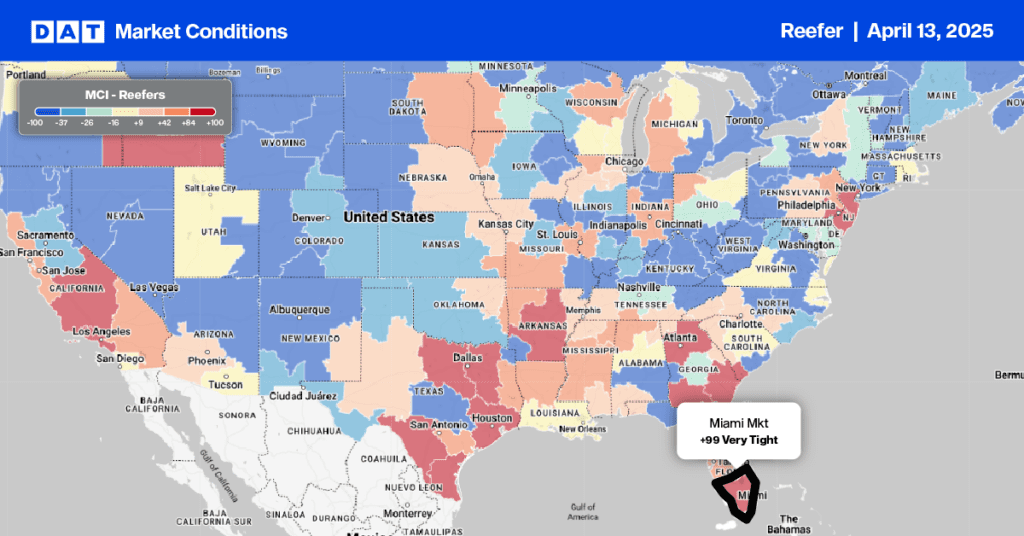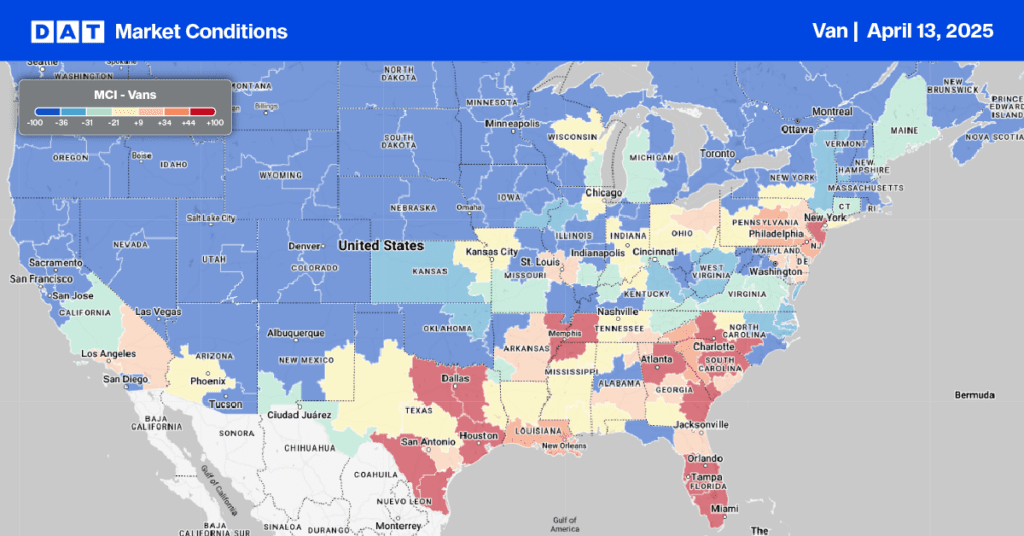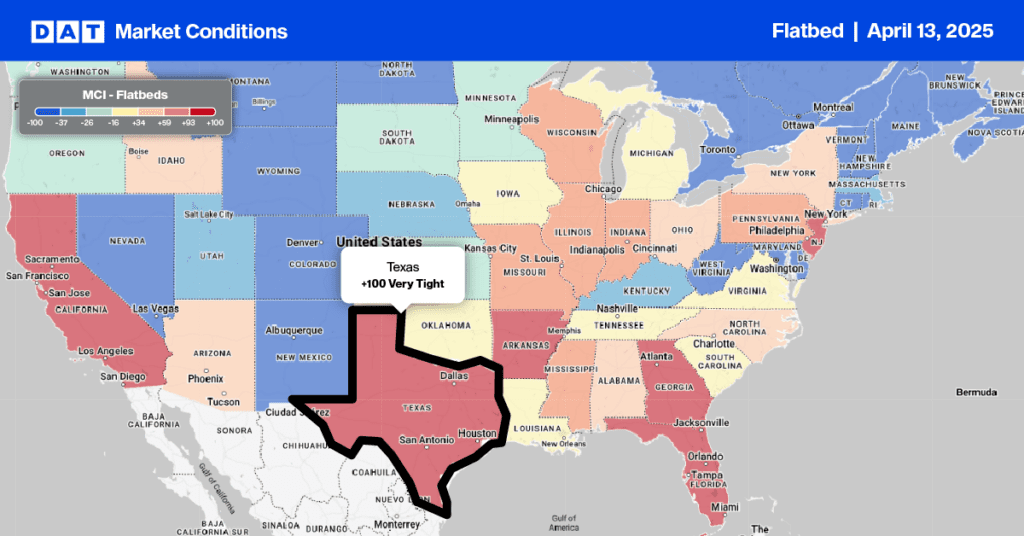Many traffic safety experts consider Memorial Day through Labor Day the “100 deadliest days” for teen drivers. Those 100 days are typically when there is a spike in teen traffic fatalities, resulting in a 20% increase in teen traffic deaths, averaging seven every day.
According to David Reich, the director of public relations at the National Road Safety Foundation, “Very often, friends in the car is a problem. For young, relatively inexperienced drivers, having other people in the car can be a major distraction, and distraction is the biggest factor in teen crashes — especially during the summer months.”
Reich said safe driving starts with the adults or parents to set a good example of safe driving behaviors. “As soon as they’re old enough, the car seat gets turned around to face forward. They’re watching how you drive,” he said. “So, if they see you texting while you’re driving, if they see you speeding or tailgating, or blowing through a stop sign, they may know that’s wrong, but they also may think ‘well, mom or dad does it, so I guess it’s alright.’”
Crash data from the National Highway Traffic Safety Administration (NHTSA) from 2013-2017 reveals significant factors contributing to fatal teen crashes during the summer driving period, including:
- Speeding (28%),
- Drinking and driving (17%),
- Distraction (9%)
AAA Foundation research found that nearly two-thirds of people injured or killed in a crash involving a teen driver are people other than the teens behind the wheel. Crashes for teen drivers increase significantly during the summer because teens are out of school and driving more. “There are more daily deaths in crashes involving teen drivers during the summer months than the rest of the year because teens tend to have more unstructured time behind the wheel,” said Jake Nelson, AAA’s director of traffic safety advocacy and research.
It’s also a dangerous time for all drivers, including truckers
More travel during summer translates into more traffic for truckers, but like teenagers, truckers face the same issue with more sunlight and less sleep. One of the key factors missing in the NHTSA accident data is the impact of less sleep as a direct result of more daylight during summer.
It’s natural for everyone to want to socialize more during summer. Since daylight happens much later in the evening in summer, sleep is delayed much later compared to Fall and Winter. Most work start times aren’t delayed to compensate, resulting in less sleep and, in turn, a higher risk of accidents.
What can we all do to make our roads safe?
The AAA offers a parent/teen driving contract to help guide the process. The website also contains state-specific information on graduated driver licensing laws and passenger restrictions.
Many states have passenger restrictions for teen drivers, and parents should educate themselves on these laws and stress compliance with their teens. Parents have a role to play, and here are some tips from the AAA:
- Parents should consider setting and enforcing driving limits that are stronger than a state’s law, especially during the summer driving season.
- Ensure teens are getting sufficient sleep and not planning family events when they should be sleeping, i.e., Saturday and Sunday mornings. Remember the golden rule—never wake a sleeping teenager.
- Always buckle up
- Never drive impaired – always have a designated driver ready.
- Put your phone away and focus on the task of driving.
- Follow posted speed limits.
AAA Foundation research found that nearly two-thirds of people injured or killed in a crash involving a teen driver are people other than the teens behind the wheel. The “100 Deadliest Days” involves everyone.


